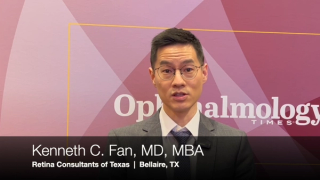
Clinical Diagnosis
Latest News
Latest Videos

CME Content
More News
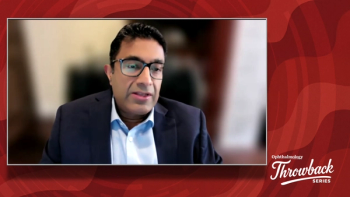
SriniVas R. Sadda, MD, FARVO, recalls a residency case that highlights the transformative impact of OCT and OCT angiography.

Rajpal shares his perspectives on the newly FDA-approved treatment, clinical benefits, and its potential impact on keratoconus management.
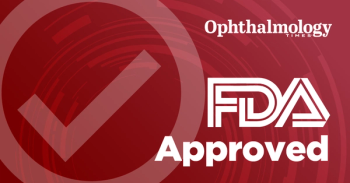
The incision-free therapeutic for keratoconus is expected to be commercially available in early 2026, according to the company.

Telemedicine, mobile clinics, and policy reform offer a road map to equitable care.
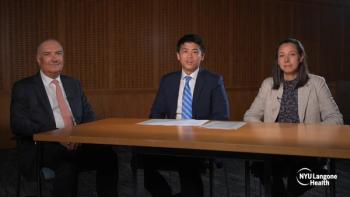
NYU Grossman School of Medicine’s Galen Hu, MD, and Andrea Blitzer, MD, sit down with Eduardo C. Alfonso, MD, of Bascom Palmer Eye Institute, to discuss how ophthalmologists are leveraging social media not just to promote practices, but to educate patients.
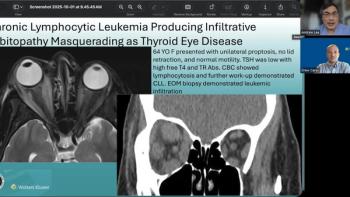
Andrew G. Lee, MD, and Drew Carey, MD, highlight how chronic lymphocytic leukemia can mimic Graves’ orbitopathy, underscoring the importance of a thorough evaluation.
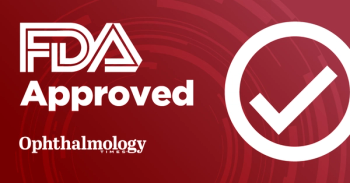
The approval of the third-generation trifocal intraocular lens broadens the range of advanced lens options available for patients in the US.

Emerging pharmacological and optical strategies are shaping a new era.

Singh highlights how understanding the “why” behind diagnostics and procedures boosts technician confidence, fosters pride, and strengthens their role in patient care.

The video-driven platform equips ophthalmic practices with tools to standardize education, improve workflow, and foster technician engagement.

A young surgeon reflects on training, technology, and the human side of adopting new excimer laser platforms.

Subramanian discusses how subtle retinal and optic nerve findings can point to underlying neurologic disease.

By letting patients “see” their options before surgery, virtual reality may eliminate confusion, boost confidence, and strengthen surgeon–patient trust.

By combining anatomical fidelity with reproducibility, NRSS offers a novel way to train surgeons, validate clinical trials, and expand access to advanced techniques worldwide.

Mark your calendars: On September 26 and 27, 2025, the Ophthalmology Times and Optometry Times EyeCon 2025 conference will convene at the Margaritaville Hollywood Beach Resort in Hollywood, Florida.

Immersive VR simulation helps patients better understand intraocular lens options.

The virtual reality technology lets patients with cataract experience lens options in real-life scenarios, while a new strategic partnership aims to expand VR adoption.

OpZira’s product portfolio includes AdaptDx Pro and the NOVA Vision Testing System.

Dr. Tanna will kick off the new monthly subspecialty education series with a virtual session on September 9, 2025, focused on using OCT imaging and perimetry to track glaucoma progression.

Course director Robert S. Feder, MD, shares how the monthly Zoom sessions aim to deliver clinical pearls and foster cross-subspecialty learning.


As myopia becomes a worldwide epidemic, the upcoming Paris workshop on September 8, 2025, will convene global leaders to discuss strategies, research priorities, and new treatment pathways.

Understand the anatomical risks, technique-specific benefits, and patient selection criteria

Dan Ignaszewski explains how the national advocacy campaign aims to unite patients, researchers, and clinicians to protect NEI’s independence and ensure vision research funding.
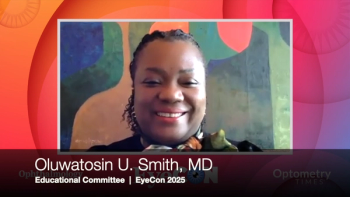
Extend the summer at EyeCon 2025—where clinical insight meets coastal vibes—September 26 and 27 at the Margaritaville Hollywood Beach Resort in Florida.




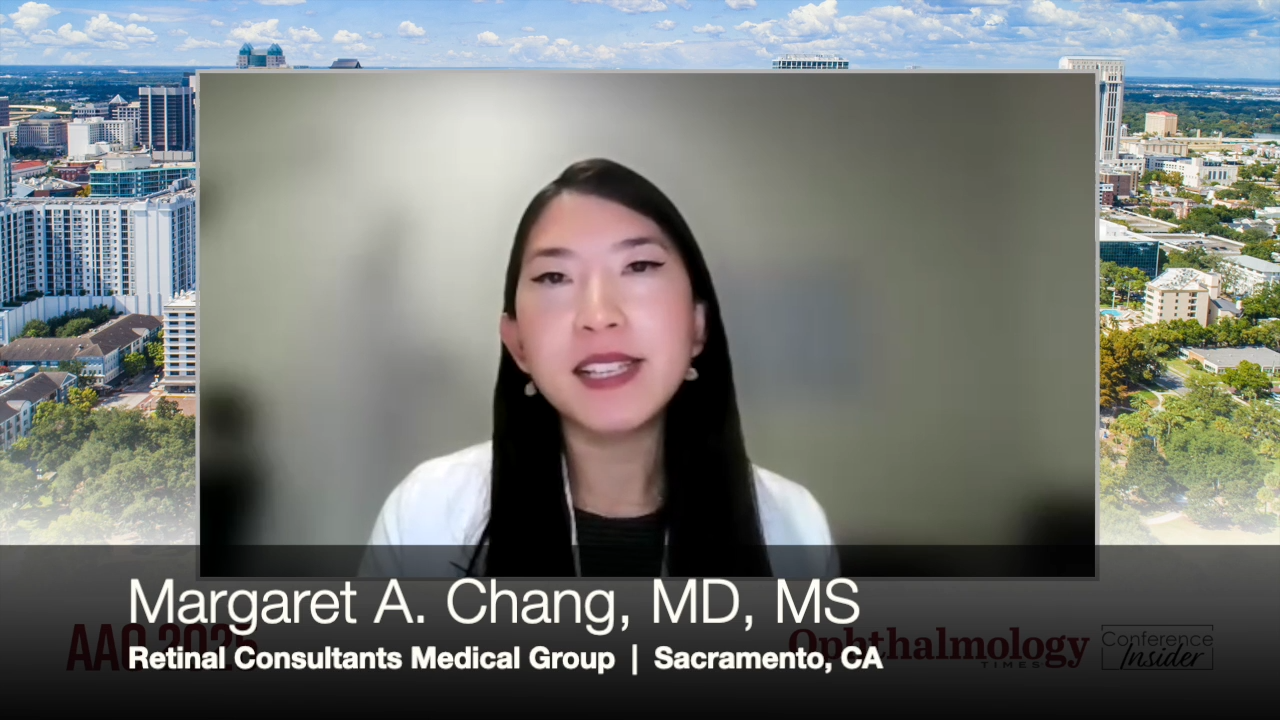
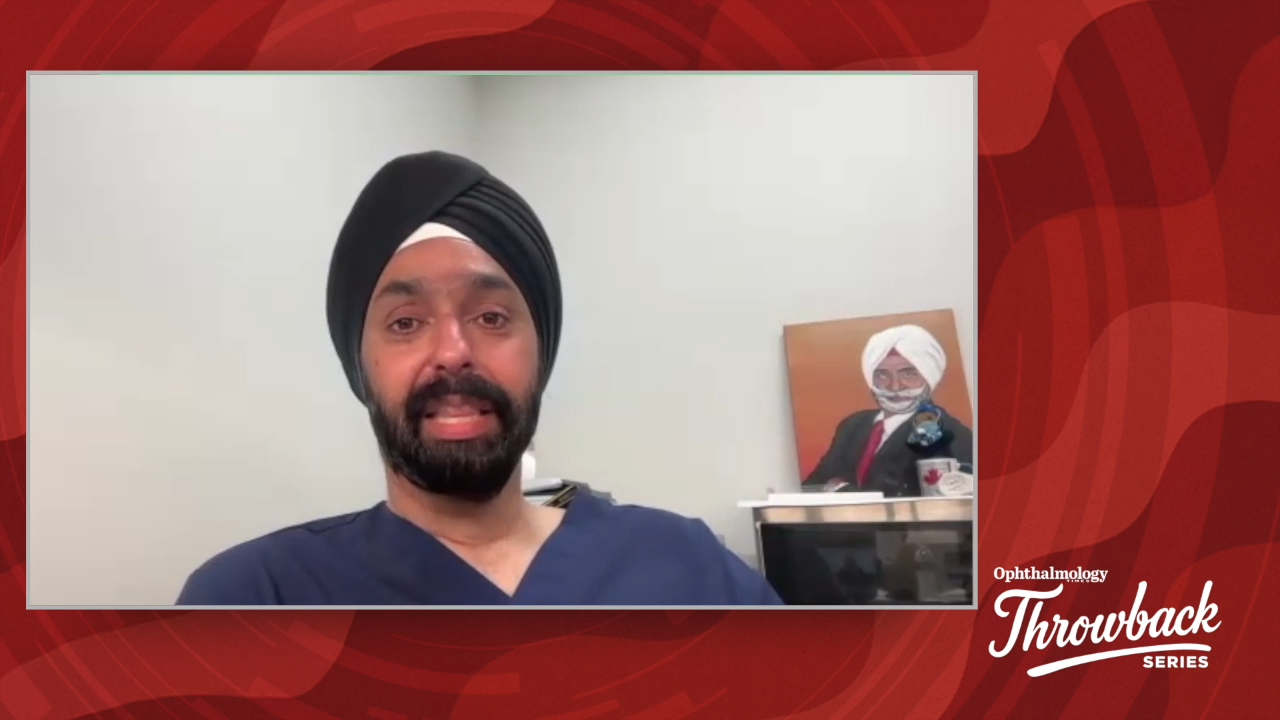

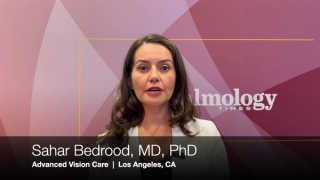
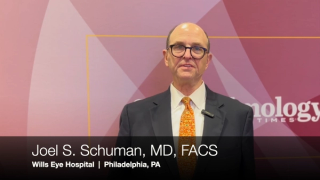
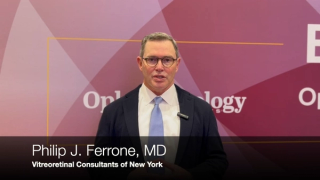

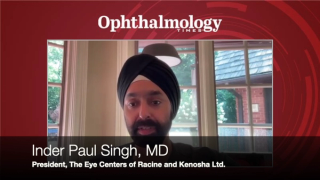

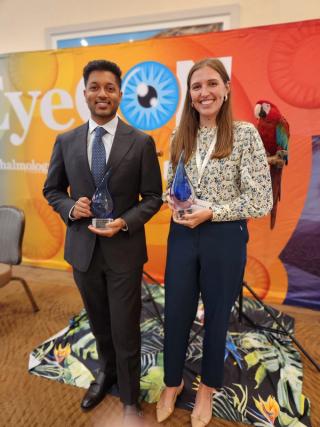
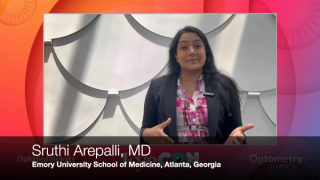
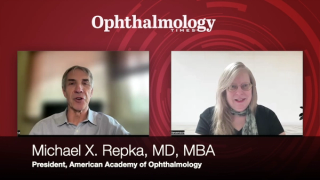







































.png)


